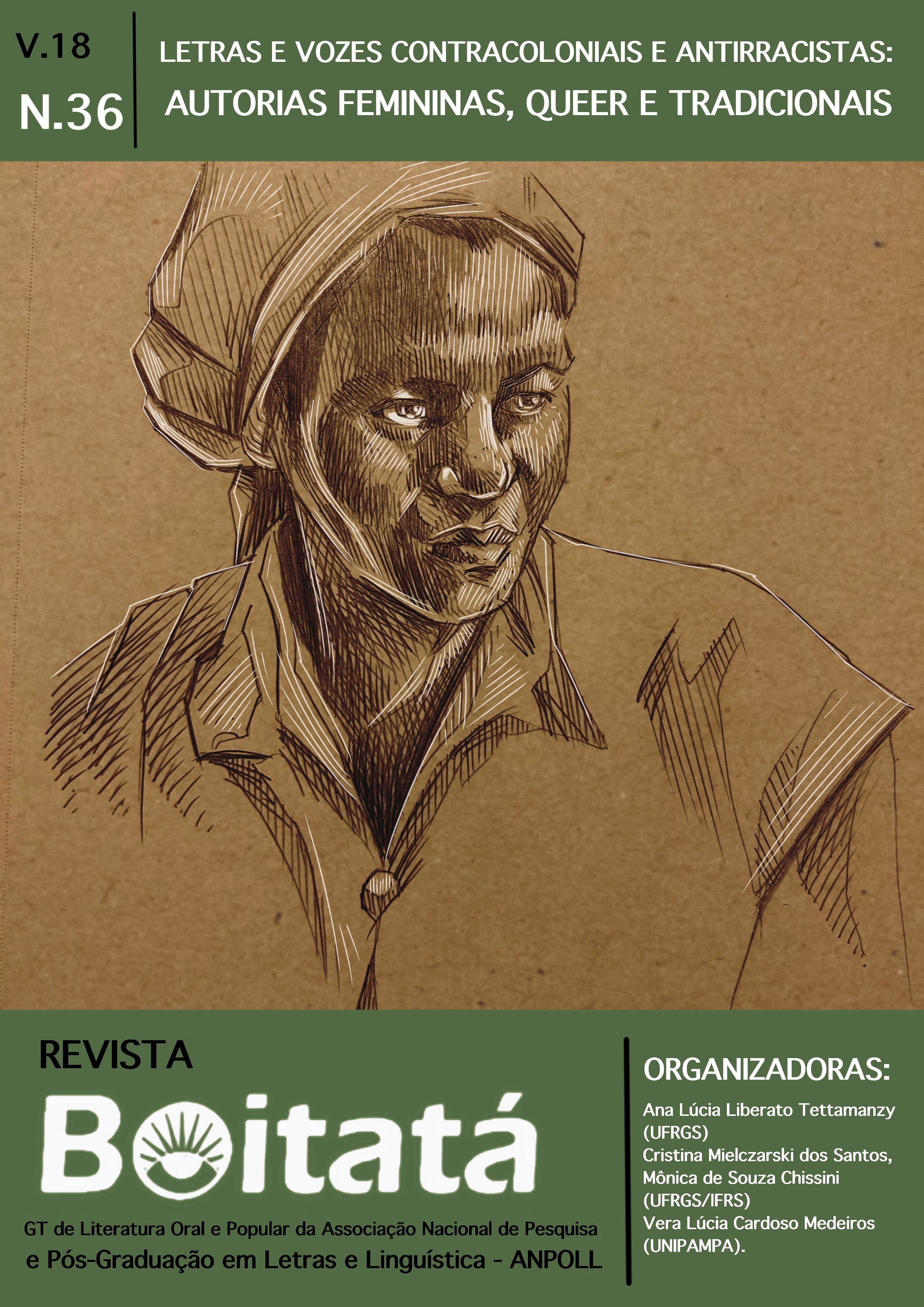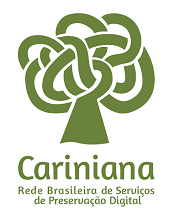The Earth was made from Silence
The word-soul in the body that sings
DOI:
https://doi.org/10.5433/boitata.2023v18.e47329Keywords:
shamanism, myth, shaman, caruanas, resistanceAbstract
Shake the Sapopemba, play the feather and the maraca, the petyngua releases smoke to mist the entire space. In the corner, a man sits chanting prayers in an ancient language. It is the cure that comes from the forest, manipulated by those who converse in the original language with the elementals of nature. Phenomenon called shamanism, but in Brazil, popularly known as pajelança. Thus, this article was born, whose intent is to reflect on myth and shamanism in indigenous culture. An integral part of the PhD discipline Amerindian Writings, a deep dive into the mother culture of all Brazilians. Intermediated by the bibliographic review, we will walk between Popygua (2017); Kambeba (2020); Lima (2017); Diakara (2020); Kêhíri; Tõrãmü (1995), Langdon (1996) among others that allow us to understand the primordial times and the healing knowledge of the forest. We will thus travel through the ancestral sinuosities of an I that inhabits us. Dormant heritage, collective memory in movement that forms and informs us. But that, due to the coloniality of knowledge, was relocated in the place of oblivion, silenced, minimized, as part of the native self that modernity does not want to recognize.
Downloads
References
BRASIL. Ministério da Educação. Pajés, benzedores, puxadores e parteiras: os imprescindíveis sacerdotes do povo na Amazônia. Santarém: UFOPA, 2016.
DIAKARA, J. Rio de Janeiro: o lago de leite. [S. l.]: Dantes Editora Biosfera, 2020. (Cadernos Selvagens)
DIAKARA, J.; MUNDURUKU, D. Whtirã a lagoa dos mortos. Belo Horizonte: Autêntica Editora, 2016.
KAMBEBA, M. W. Saberes da floresta. São Paulo: Jandaíra, 2020.
KÊHÍRI, T. Antes o mundo não existia: mitologia dos antigos Desana-Kêhíripõrã. 2. ed. São João Batista do Rio Tiquié: UNIRT, 1995.
KRENAK, A. Ideias para adiar o fim do mundo. São Paulo: Companhia das Letras, 2019.
LANGDON, E. J. M. (org.). Xamanismo no Brasil: novas perspectivas. Florianópolis: Editora da UFSC, 1996.
LIMA, Z. Meus caruanas: a incrível história de uma pajé marajoara. São Paulo: Editora Dialeto, 2017.
LÉVI-STRAUSS, C. Mitológicas I: o cru e o cozido. Tradução de Beatriz Perrone. Rio de Janeiro: Cosac e Naify, 2004.
MUNDURUKU, D. As serpentes que roubaram a noite: e outros mitos. São Paulo: Peirópolis, 2001.
NARBY, J. A serpente cósmica: o DNA e a origem do saber. Rio de Janeiro: Dantes, 2018.
POPYGUA, T. S. V. T. Yvyrupa: a terra uma só. São Paulo: Hedra, 2017.
Downloads
Published
How to Cite
Issue
Section
License
Copyright (c) 2024 Monise Campos Saldanha

This work is licensed under a Creative Commons Attribution 4.0 International License.
Boitatá esta licenciada com CC BY sob essa licença é possível: Compartilhar - copiar e redistribuir o material em qualquer suporte ou formato. Adaptar - remixar, transformar, e criar a partir do material, atribuindo o devido crédito e prover um link para a licença e indicar se mudanças foram feitas.






















